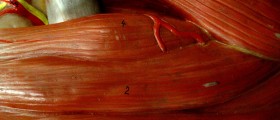The clavicle, more commonly known as the collar bone, is a type of flat bone. One end of the collar bone forms a joint with the sternum (the breastbone), while the other end forms a joint with the scapula or the shoulder blade. The clavicle, along with the sternum and the scapula, forms the pectoral girdle which offers attachment to multiple muscles that play a part in controlling the movement of the shoulder and the elbow joints.

Many times, people notice an abnormal growth on the collar bone. This growth can be a result of multiple causes. Some of them are:
- Poorly healed fracture of the clavicle. This is the most common cause of a lump on the clavicle. There are times when a small lump may be the only sign of a fractured clavicle. It may be seen in little babies as a result of a difficult labor. It can also be a result of excessive vigorous exercise or caused by a fall. Whatever be the reason, if the fractured pieces of the collar bone are not aligned properly, a lump may result at the fracture site. In some cases, patients may be advised to undergo a surgical procedure to correct the problem and achieve proper alignment of all the bone portions. The bump may subsquently be gone.
- Lipoma. This is another common reason why people may have a lump on the clavicle. This type of lump is soft in nature and is a result of deposition of fat tissue at any point on the clavicle.
- Osteoarthritis of acromio-clavicular joint. Osteoarthritis is a degenerative disease of the joints which is usually associated with pain and immobility of the joint. Also called "wear and tear arthritis", osteoarthritis of the joint between the clavicle and the shoulder blade (acromio-clavicular joint) may give rise to a bony protuberance over the surface of the clavicle, especially on the distal end. These bony protuberances are better known as clavicular spurs. They may impinge upon the free movement of the rotator cuff present between the clavicle and the shoulder. They prevent the free movement of the bursae and tendons and may result in restricted mobility and pain in the shoulder joint. As osteoarthritis is generally a disease of elderly people, the presence of bony spurs on the clavicle should alert the physician about this as a probable diagnosis.
- Osteoarthritis of the sterno-clavicular joint. This condition normally presents as a swelling on the medial end of the clavicle. Most of the patients improve with conservative therapy.
- Condensing osteitis of the clavicle. This condition is characterized by osteophyte formation at the infero-medial aspect of the clavicle associated with overlying soft tissue swelling. The condition is usually unilateral, occurring on only one side, and is more common in middle-aged women. On an x-ray, it can be differentiated from osteoarthritis on account of preservation of the joint space. The most common presenting feature of osteitis is pain which is increased on arm movement and tenderness.
- Postoperative sternoclavicular hypertrophy. There is a bony prominence on the medial side of the clavicle in people with this condition. This condition is commonly seen after homolateral neck dissection for any reason.
- Friedrich disease. It usually affects children and adolescents. There is sclerosis of the medial end of the clavicle.
- Tumors of the clavicle. Last but not least, tumors of clavicle should also be kept in mind while dealing with bony spurs on the clavicular surface. Benign tumors of the clavicle include giant cell tumors, osteochondromas and simple bone cysts. Malignant clavicular tumors include fibrosarcoma, myeloma and osteosarcoma. One must remember that primary bone tumors of the clavicle are rare and are usually confined to medial one-third of the bone. As malignant tumors of clavicle are more common than benign ones, an aggressively growing bony mass associated with symptoms should cause a suspicion of malignancy and the patient should undergo a MRI scan and biopsy to confirm the diagnosis.
Because you cannot self-diagnose the cause of a hard and bony lump on your collar bone, it is important to seek medical attention when you notice this kind of lump — especially if it has changed in texture or size and you do not remember having any kind of accident.


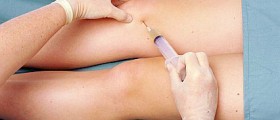


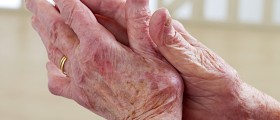

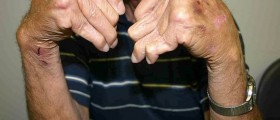



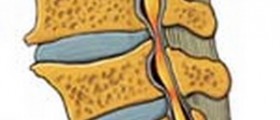


-Symptoms,-Diagnosis,-Treatment_f_280x120.jpg)

